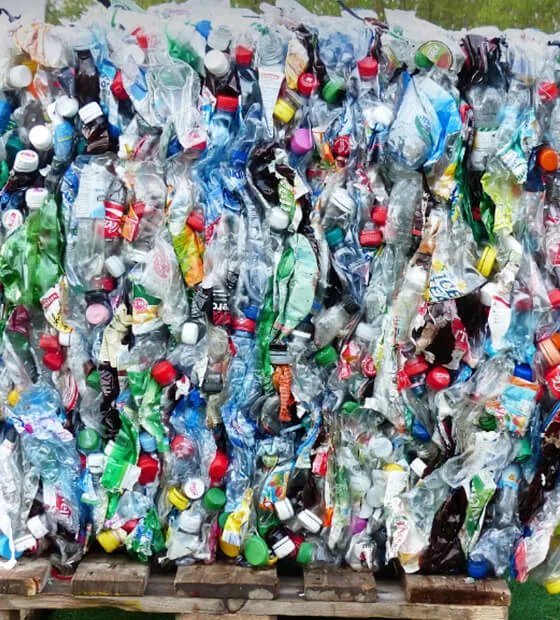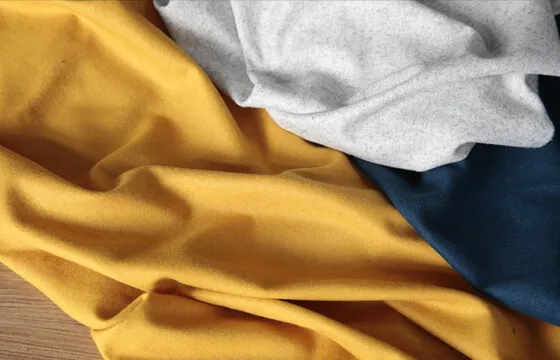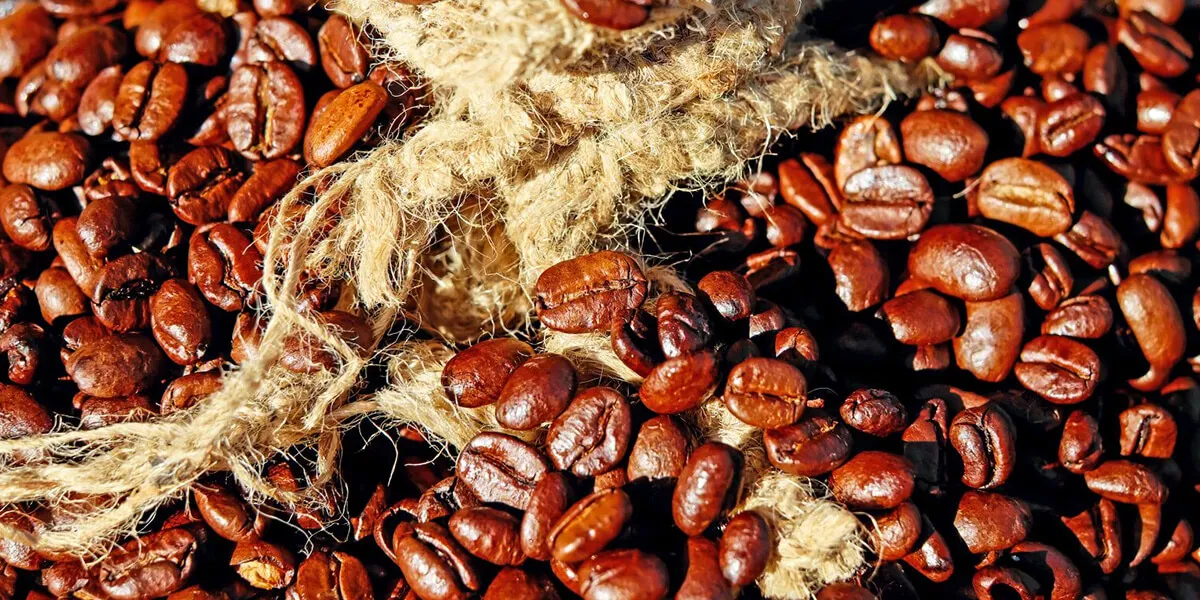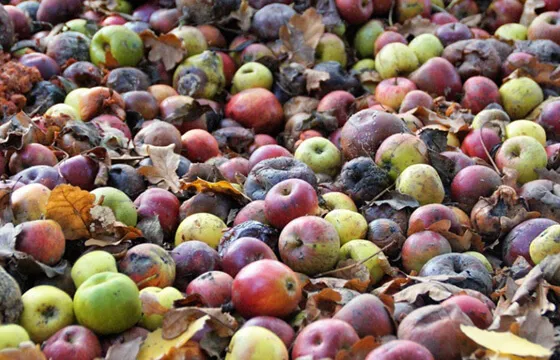Silicone leatherette refers to a composite material consisting of a substrate layer coated with silicone polymers. With growing environmental consciousness within the industry, manufacturers are increasingly adopting sustainable substrate materials that are either recyclable or derived from bio-based sources for silicone leather production. This shift aligns with global sustainability initiatives while maintaining the material's performance characteristics
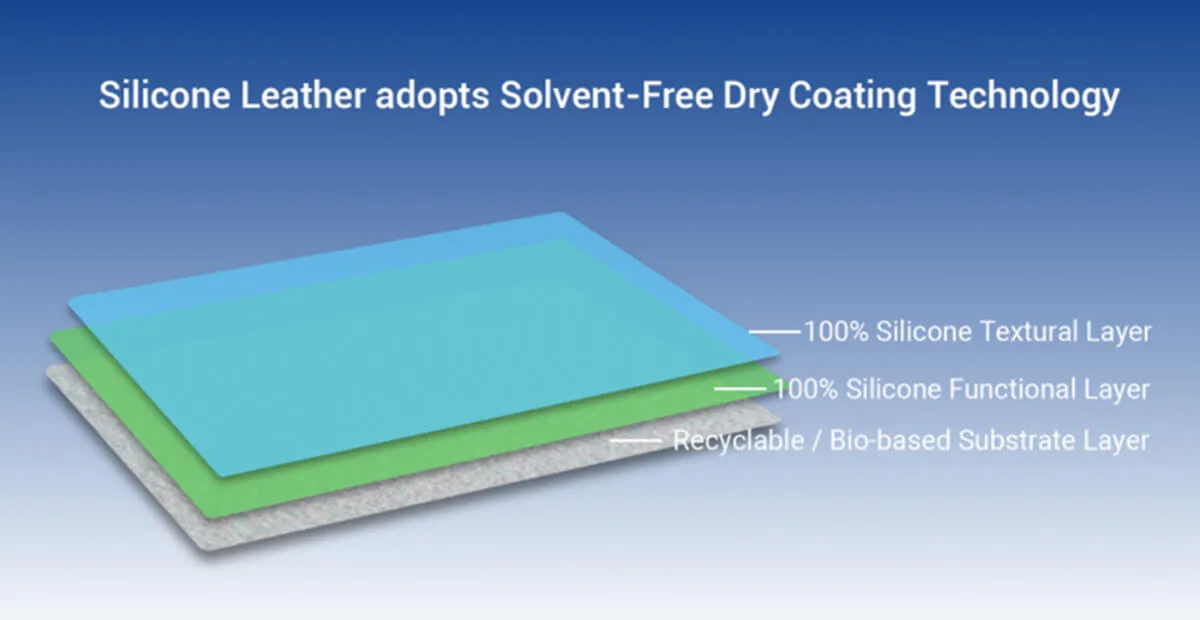
The Rising Popularity of Bio-Based Materials: An Eco-Conscious Shift
Unlike traditional carbon-based materials—which predominantly originate from fossil fuels and contribute to excessive greenhouse gas emissions—bio-based materials are derived from renewable biomass, such as agricultural crops, forestry residues, and organic waste.
This shift offers a sustainable solution through two key mechanisms:
Reduced Carbon Footprint: The production of bio-based substrates generates significantly lower carbon emissions compared to petrochemical processes.
Closed-Loop Carbon Cycle: As the source plants (e.g., corn, sugarcane, or cellulose crops) grow, they actively sequester atmospheric CO2 via photosynthesis, creating a balanced emission-absorption cycle.
Consequently, bio-based materials not only mitigate reliance on finite petroleum resources but also align with global decarbonization goals by promoting a circular, climate-neutral economy. Their scalability and compatibility with existing industrial applications further reinforce their status as a viable, future-proof alternative.
Using recyclable bottles to avoid micro-plastic around the world.
Change polyester from carbon-base to bio-base.
Coffee grounds can be the material of polyester
Eating corn as food, using corn as the material of silicone leather.
An increasing variety of fruits, vegetables, and plants are being utilized as sustainable material sources.

